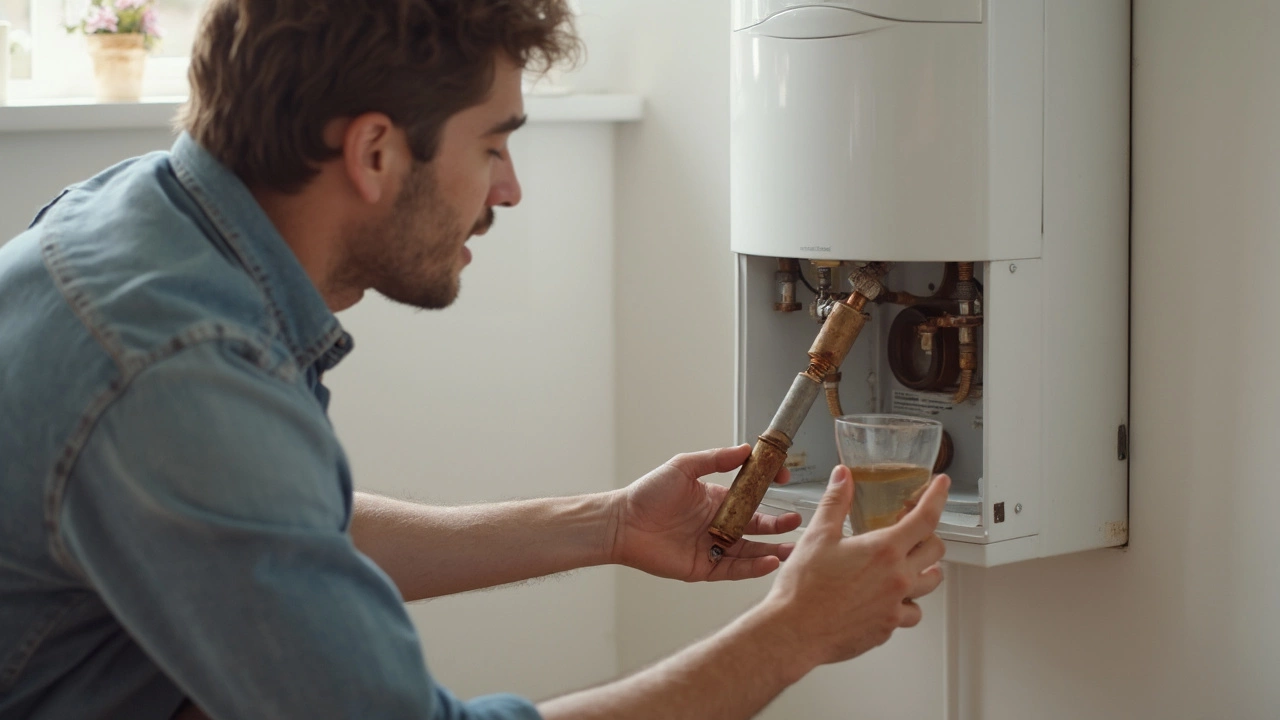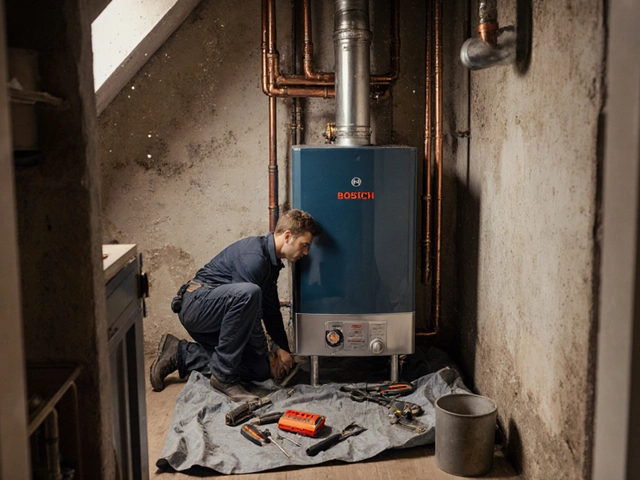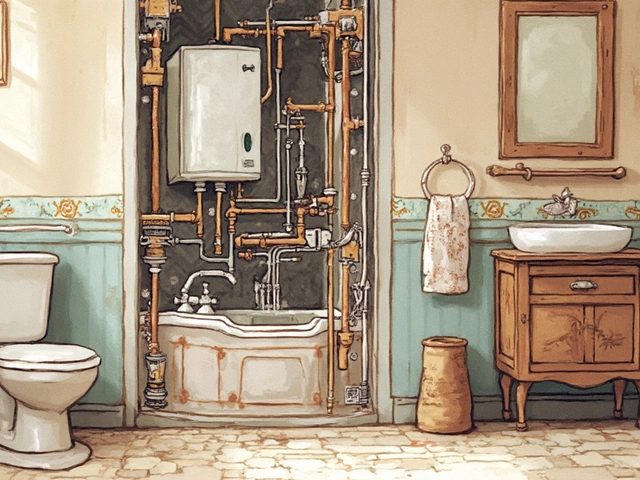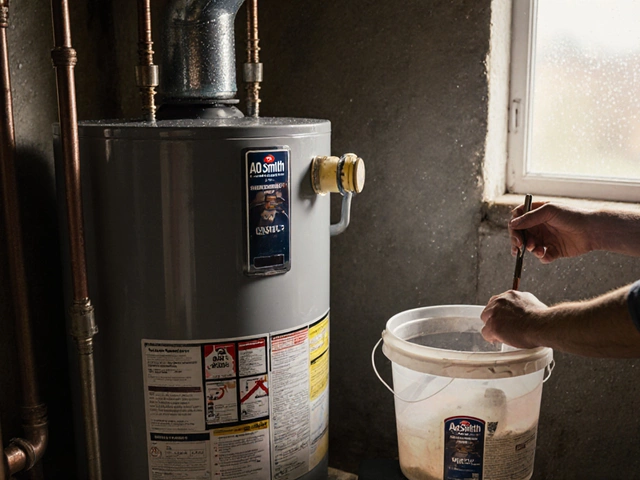If you own a water heater, you’ve probably heard the term “anode rod” but never really understood it. Think of the anode rod as the unsung hero inside your tank – a sacrificial metal that fights corrosion so the tank itself doesn’t rust away.
When the rod does its job, it slowly erodes instead of the steel tank. Over time the rod gets worn down, and if you ignore it, the tank can start corroding, leading to leaks and expensive replacements. The good news? Checking and swapping the rod is a cheap, easy task that many DIYers can handle.
An anode rod is usually made of magnesium, aluminium, or a zinc‑aluminium alloy. It’s placed at the top of the water heater, sticking out of the tank. When water sits in the tank, the metal’s electro‑chemical reaction attracts the corrosive elements, protecting the steel walls.
The type of metal matters. Magnesium rods work best in soft water, while aluminium rods are better for hard water because they dissolve more slowly. Some manufacturers combine both to get a balanced performance. The rod’s length and diameter match the size of your heater – typical residential units use a 2‑ to 3‑inch diameter rod.
Most experts recommend inspecting the rod at least once a year. If you notice any of these signs, it’s time for a swap:
Replacing the rod is straightforward:
All the tools you need are usually around the house: a wrench, some Teflon tape, and a bucket for the drained water. The whole job takes under an hour for most folks.
Skipping the replacement can cost you far more than the $30‑$50 price of a new rod. A corroded tank may start leaking, forcing you to replace the entire heater – a thousand‑plus pound job.
In short, make a habit of checking the anode rod annually. It’s a tiny maintenance step that saves you big headaches down the road. If you’re ever unsure, give a local repair service a call – they can quickly assess the rod and replace it if needed.
Keep your water heater protected, your hot showers consistent, and your wallet happy by treating the anode rod the respect it deserves.

Not sure if your water heater's anode rod is shot? This article breaks down the telltale signs that your anode rod is past its prime, from weird smells to rusty water. Find out how long these rods actually last, why they're so important, and how to check them yourself. With some simple tips, you'll spot trouble before it wrecks your tank. Get the facts so you can keep hot water flowing without a nasty surprise.

Flushing your water heater is an essential maintenance task that can extend its lifespan and improve efficiency. As water heaters age, sediment and minerals build up, potentially leading to costly repairs or irreparable damage. Learn how often you should flush a ten-year-old water heater and whether it's worth considering professional help. Discover practical tips and insights for maintaining this critical home appliance effectively.

Frustrated by cold water instead of a hot shower? This guide breaks down the most common reasons your hot water is running cold, with simple fixes anyone can try at home.

Replacing a boiler costs thousands because it's not just the unit-it's labour, safety checks, pipe upgrades, and compliance. Learn why this big investment is necessary and how to avoid overpaying.

A failing water heater element can leave you in the chilly lurch just when you need a warm shower. Learn how to diagnose the problem with simple, straightforward steps. This guide covers common symptoms, testing methods, and practical tips for handling a faulty element. We'll explain what's involved and offer insights for DIY repair or knowing when to call a professional.

AO Smith, Bradford White, and Rheem are the most durable water heater brands, often lasting 12-15 years with proper maintenance. Learn what really affects lifespan and how to make your heater last longer.